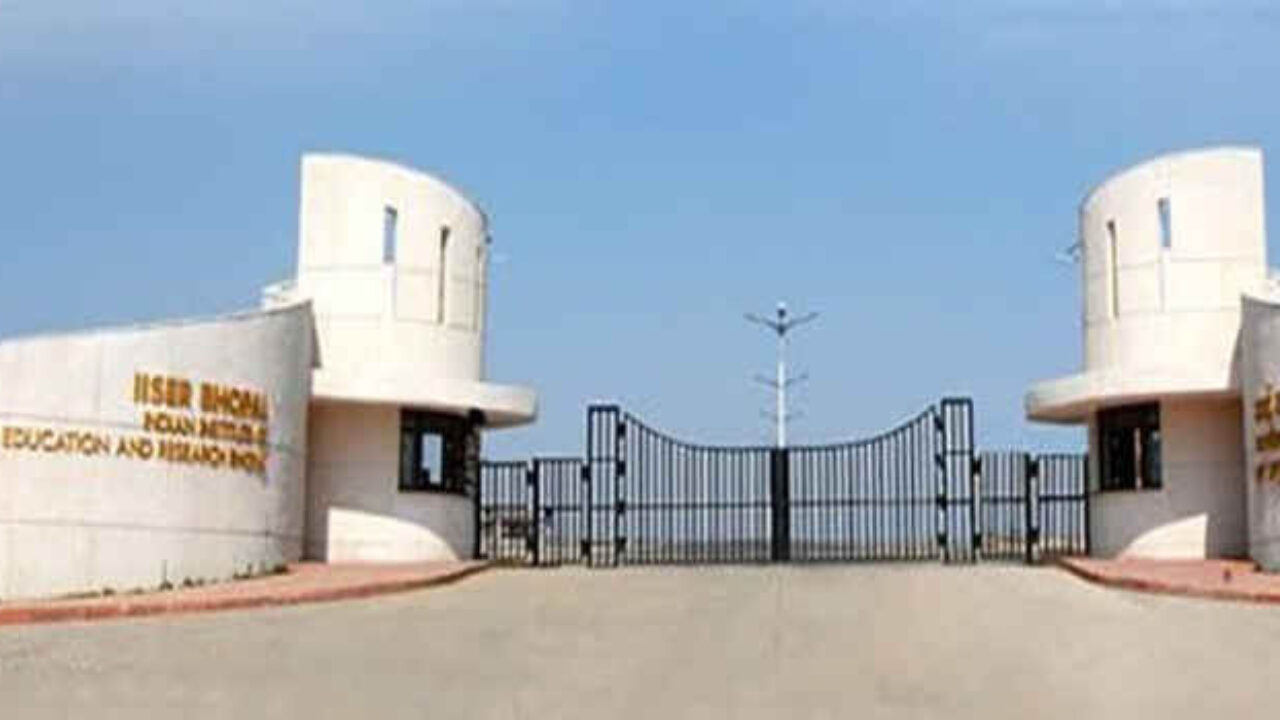Indian Institute of Science Education and Research, Bhopal (IISER Bhopal) researchers have developed an effective photocatalyst, a substance that absorbs a wide range of solar energy and light to quicken chemical processes in laboratories and industries. IISER Bhopal said in a statement that this new, sustainable development contributed to harnessing a renewable energy source for detoxifying harmful substances such as chemical warfare agents. Chemical warfare agents include mustard gas simulants like ‘2-chloroethyl ethyl sulfide’ (CEES) and nerve agents, which are highly poisonous chemicals that affect a person’s nervous system.
“This research represents a significant advancement in the field of ‘Photocatalysis’, a process where a substance (a photocatalyst) is used to change the rate of a chemical reaction when exposed to light. While many different types of photocatalysts are used in various industries for effective light harvesting, they all suffer from drawbacks in that they only absorb UV or high-energy parts of light. However, IISER Bhopal researchers’ inventive photocatalyst offers a solution to that issue. IISER Bhopal further said that this newly-developed material called ‘UC-POP-Au’ displayed remarkable strength and catalytic efficiency as it absorbed the entire spectrum of light, making it a more potent catalyst during chemical processes.
The findings of this research have been published in the peer-reviewed journal Angewandte Chemie in a paper co-authored by Prof. Abhijit Patra, Department of Chemistry, IISER Bhopal, and his research scholars, Shilpi Jaiswal, Dr Arkaprabha Giri, Dr Dependranath Mandal, and Madhurima Sarkar. Explaining the scenarios in which the photocatalyst can be deployed in the real world, Prof. Abhijit Patra, Department of Chemistry, IISER Bhopal, said, “The current investigation unveils a novel direction in the development of advanced light-harvesting porous organic polymer nanocomposite materials, showing potential applications in designing smart protective coatings against chemical warfare agents under natural sunlight conditions.”
He further said that this composite material had integrated near-infrared absorbing upconversion nanoparticles and visible light absorbing gold nanoparticles with UV rays absorbing conjugated porous organic polymer (POP). “The use of upconversion and gold nanoparticles enhances the chemical reaction so drastically” he added.
Speaking on the technical aspects of this research, Prof. Abhijit Patra said, “We have developed an innovative design approach that involves the integration of plasmonic and upconversion nanoparticles with a conjugated porous organic polymer, which opens up new vistas towards artificial light harvesting.” To test the applicability of this photocatalyst, the research team coated a small piece of cotton cloth with the UC-POP-Au under direct sunlight to detoxify mustard gas simulant, a popular chemical warfare agent. Displaying excellent performance compared to a regular polymer-based photocatalyst, the UC-POP-Au significantly expedited photocatalysis.
What stands out is that this photocatalyst is also reusable and can be used 5 times over. No significant change in the catalytic activity was observed during multiple uses, unlike some other catalysts, which can not be collected and reused. The detoxification of chemical warfare agents is currently being explored all over the world. And with photocatalysts such as UC-POP-Au, that process can now become faster. The research team suggests that the developed photocatalyst UC-POP-Au can be used for creating personal protective equipment and also has high application potential as promising materials for various other industries beyond the detoxification of chemical warfare agents.
The research team from IISER Bhopal is now further expanding the scope of their work in developing advanced materials for harnessing light energy to break down other toxic chemicals.


















